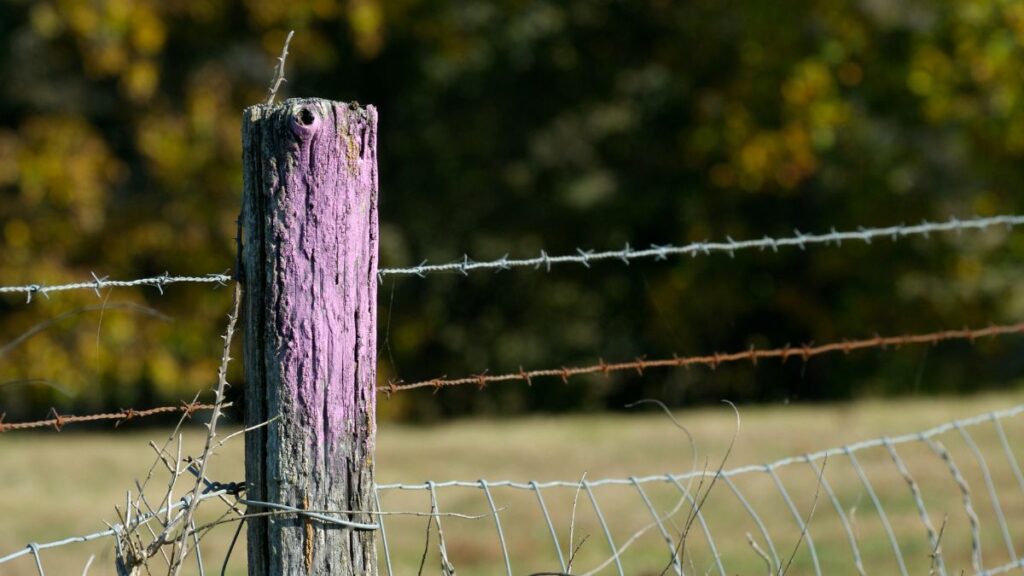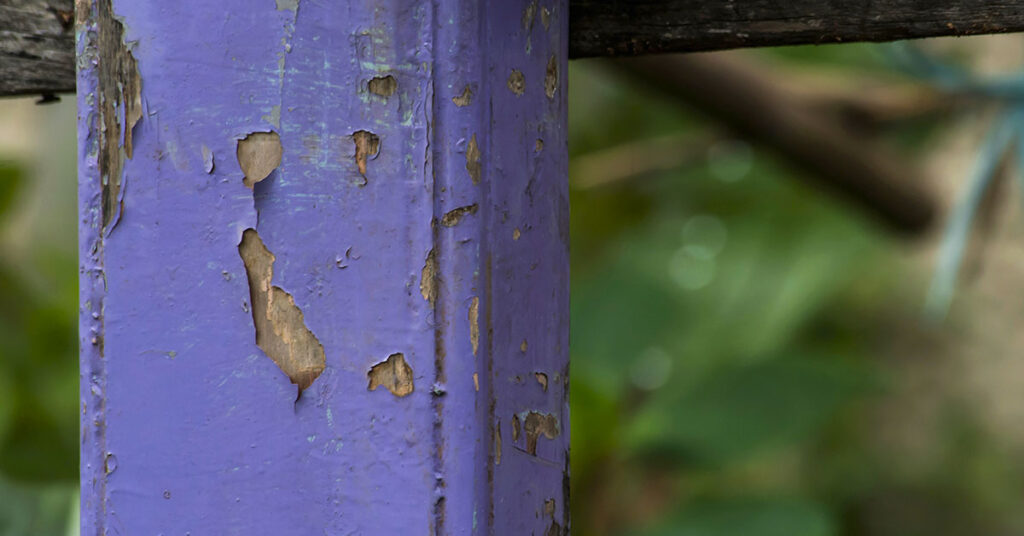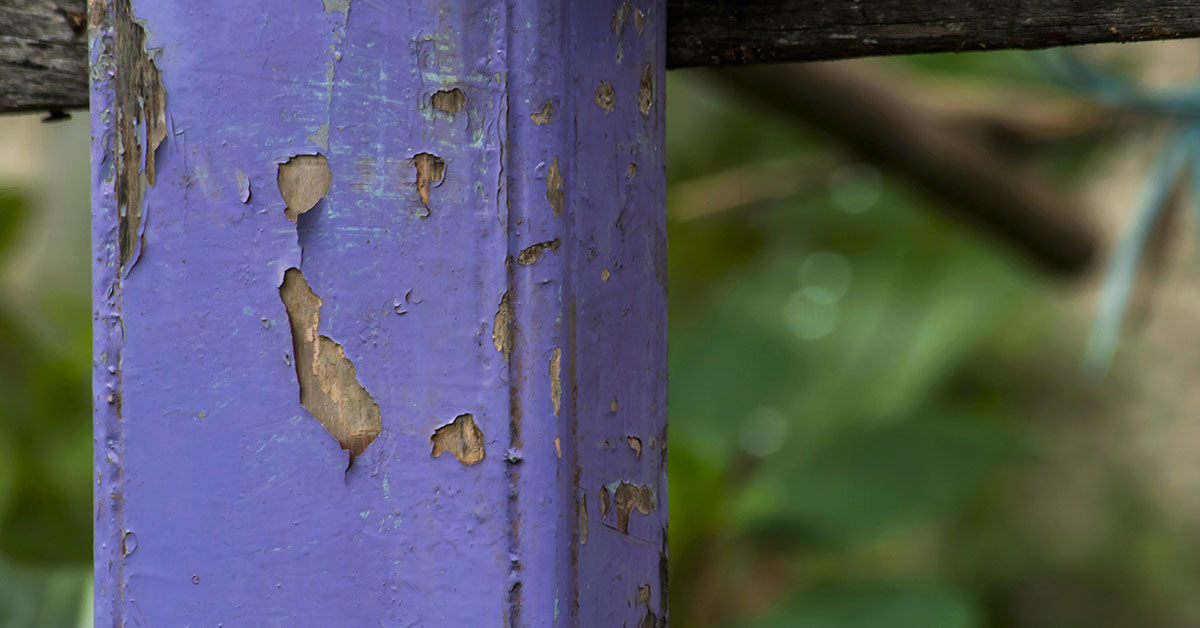Exploring the great outdoors can lead to fascinating discoveries, including the unexpected sight of a painted purple fence. But what does this striking hue signify? From property boundaries to legal implications, here’s a comprehensive guide to understanding the meaning of a purple fence.
The Concept Behind Purple Fences
Marking trails or boundaries has a long history, originating from trailblazing through dense woods to guide hikers. Similarly, property owners use the color purple to convey a clear message: stay out. But why purple? It’s highly visible, easy to differentiate, and even recognizable to those with color blindness.
In the past, property owners might have used metal, plastic, or cardboard signs on fence posts or trees. However, these traditional signs can fall victim to the elements, vandals, or theft, making them less reliable. Purple paint offers a more permanent and weather-resistant solution.

The Significance of a Purple Fence
When you see a purple fence, it’s crucial to understand its meaning. Using purple paint to mark property boundaries is not a new concept. Arkansas pioneered this idea, enacting “posting paint” legislation in 1989. Today, nearly half of all U.S. states have purple paint laws on their books, though specific regulations may vary. For instance, in Texas, purple paint on posts or trees indicates that the land is off-limits to all trespassers. In contrast, outdoor enthusiasts in North Carolina can cross such boundaries as long as they avoid hunting, fishing, or trapping activities.
States with purple paint laws include Alabama, Arkansas, Arizona, Florida, Illinois, Indiana, Kansas, Maine, Missouri, North Carolina, Pennsylvania, South Carolina, Tennessee, and Texas. Some states, such as Idaho and Montana, use orange paint for similar purposes. The interpretation of purple paint’s meaning can differ from state to state, so it’s essential to research your local laws and regulations regarding trespassing.
Where You Might Encounter a Purple Fence
Now that you know the significance of purple paint, you might wonder where you’re likely to encounter these markings. The answer is, quite possibly, in various outdoor settings. Whether you’re hiking, driving around, or exploring new places, keep an eye out for purple fence posts and trees.
Generally, a purple fence means no trespassing. Property owners may still choose to use “No Trespassing” signs, but these signs will likely be stolen, damaged, or worn out over time. A quick coat of purple paint has staying power and can be easily applied to different land markers, including trees. The color purple can also be distinguished by those who are color-blind.
Consequences of Ignoring Purple Paint Laws
Understanding the legal implications of disregarding purple paint laws is essential. Trespassing on private property has historical significance, dating back to medieval England. Modern penalties can still be substantial, including jail terms lasting months or even years and fines up to $10,000 in some jurisdictions. Ensuring your presence on a property is lawful before venturing into the wilderness is crucial.
Tips for Using a Purple Fence on Your Property
If you’re a property owner looking to mark your land with purple paint, following local guidelines is essential. The purple stripes should be vertical, at least 1 inch wide, 8 inches long, positioned 3-5 feet above the ground, and spaced no farther than 100 feet apart. For marking fence posts, any paint will suffice. However, it’s crucial to use latex paint for trees, as oil-based paint can harm them. Consider using spray paint specially formulated for this purpose to ensure visibility. Additionally, spreading awareness about the meaning of purple paint among your community can help protect property, plants, people, and wildlife effectively.
In conclusion, whether you’re a property owner looking to protect your land or an outdoor enthusiast exploring unfamiliar territory, understanding the meaning of a painted purple fence can help you navigate the great outdoors safely and responsibly. So, the next time you encounter a purple fence, respect its message and appreciate the wisdom behind this colorful boundary marker. It’s a testament to the importance of preserving private property and ensuring that outdoor adventures are both enjoyable and lawful.
4o
Share via:


